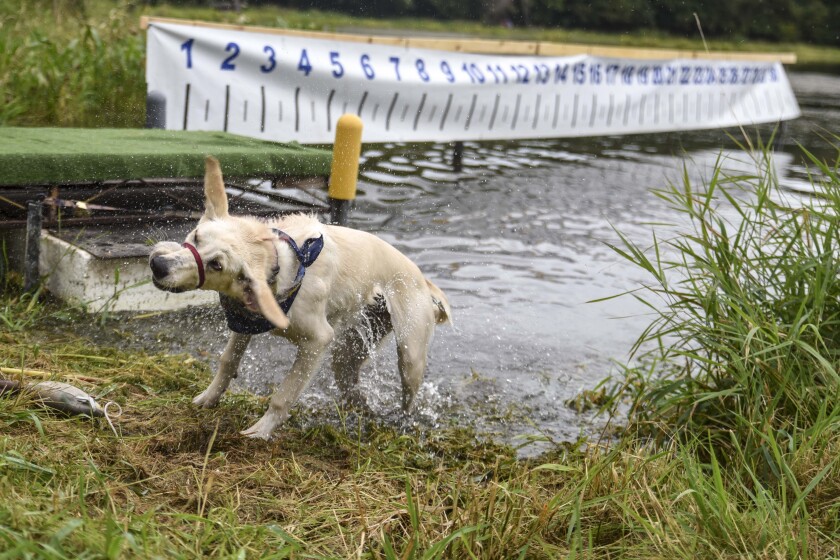BROWNS VALLEY — Thousands of dead fish were found in Lake Traverse on the South Dakota border as the ice went out.
Fisheries staff with the Minnesota Department of Natural Resources are awaiting laboratory test results to determine the cause.
Chris Domeier, fisheries supervisor with the Minnesota Department of Natural Resources, said he suspects the fish died of an infection, rather than winterkill, but cannot say conclusively until results from the laboratory are available.
The fisheries supervisor was able to boat on a portion of the lake on March 15 to assess the loss. He estimates that there were 2,000 to 3,000 dead freshwater drum or sheepshead, and several hundred each of dead crappies, bluegills, catfish and white bass.
He estimates there were around 100 each of dead walleye and smallmouth bass.
ADVERTISEMENT
The fish were in various stages of degradation, from weeks of decomposition to actively dying, he reported.
The oxygen level was very high at 17 parts per million, leading him to doubt that winterkill was an issue. He found no sign of any sort of chemical pollution.
“In all likelihood, these fish were highly concentrated in an area, and when coupled with the mild weather and high oxygen levels, the 'perfect' environment may have existed for an infection,’’ Domeier stated in a release on the incident.
He emphasized that until laboratory results are available, it’s not possible to know whether an infectious agent is responsible.
He is hopeful the fish kill has run its course. There were no additional signs of a die-off on Monday. The strong winds over the weekend likely mixed the waters and oxygen levels and dispersed the dead fish.
The fisheries supervisor does not expect a significant effect on the quality of fishing for walleyes on the lake this year. It will likely impact the fishing for bluegill, crappie and freshwater drum, but added: “I still expect ample numbers of those species will be present to provide decent fishing.”
He concluded: “As much as I enjoyed the mild winter, we need more normal temperatures and rain! Droughts are not good for fish.”
The shallow water lake covers 10,848 acres and is a popular early season destination for walleye.
ADVERTISEMENT

















